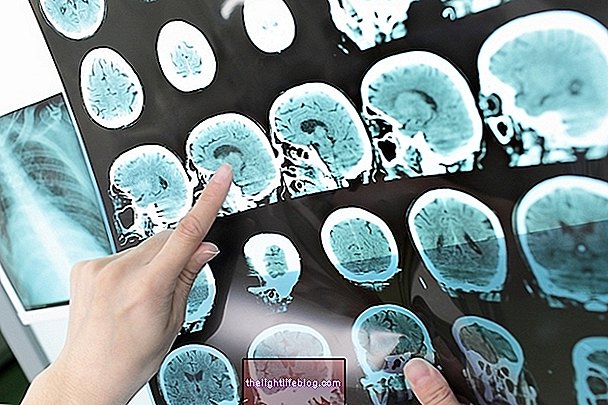Bacterial resistance concerns the ability of the bacteria to resist the action of some antibiotics due to the development of adaptation and resistance mechanisms, which is often a consequence of the misuse of antimicrobials. Thus, as a consequence of bacterial resistance, the antibiotic normally used in the treatment is no longer effective, making the fight against infection more difficult and time consuming, and there may be a worsening of the person's clinical condition.
When an antibiotic is effective, the bacteria is able to have its rate of multiplication decreased or to be eliminated from the body. However, when a bacterium gains resistance to a certain antibiotic, it becomes able to proliferate regardless of the presence of the antibiotic and be able to cause more serious infections that are difficult to treat.
In most cases, the bacterium is resistant to only one antimicrobial, as in the case of Enterococcus sp., for example, where some strains are resistant to Vancomycin. However, it is also possible to have a bacterium resistant to several antibiotics, being called superbug or multiresistant bacteria, as is the case of Klebsiella producer of carbapenemase, also called KPC.

How antibiotic resistance happens
Resistance to antibiotics happens mainly due to the misuse of antibiotics, that is, when the person uses the antibiotic without medical advice or when he does not do the complete treatment, for example. These situations can favor the development of mechanisms of adaptation and resistance of the bacteria against the antibiotic that was used, so that it can remain in the body for a longer time, proliferate and reach the bloodstream, characterizing sepsis.
Resistant bacteria are able to multiply more easily and thus pass on their resistance genes to other generations. In addition, it is possible that new mutations occur in the genetic material of these bacteria, giving rise to superbugs, which are those that are resistant to more than one type of antibiotic. The more resistant the bacteria, the more difficult it is to treat, since there are fewer antibiotics available to treat that infection.
Main resistant bacteria
Resistant bacteria are more easily found in a hospital environment due to the procedures to which patients are submitted, which are more invasive, in which case the use of broad-spectrum antibiotics is necessary, which are those that act against various microorganisms, including non-pathogenic, which may favor resistance.
In addition, resistant bacteria are usually related to the hospital environment due to the frequent use of antibiotics during hospitalization, the immune system of people and the longer time of exposure to infectious and antimicrobial agents due to the prolonged stay in the hospital.
Among the main resistant bacteria are the Klebsiella pneumoniae (KPC), Staphylococcus aureus (MRSA), which is resistant to Methicillin, Acinetobacter baumannii and Pseudomonas aeruginosa, which are resistant to carbapenem antibiotics. Know the main multiresistant bacteria.

How to avoid antibiotic resistance
Antibiotic resistance can be easily avoided through simple actions, such as:
- Use of antibiotics only under medical recommendation;
- Time and dose of the antibiotic should be indicated by the doctor and used according to his / her guidance, even with the disappearance of the symptoms;
- Do not interrupt antibiotic treatment even if there are no more symptoms of infection.
In addition, it is important to maintain good hand hygiene, wash food well before preparing it, have the vaccines up to date and just get in touch with hospitalized people using protective elements, such as masks and gowns, for example.
To avoid bacterial resistance, it is also important that hospitals survey the most prevalent bacteria in the hospital and critical inpatient units and determine the sensitivity and resistance profile of these microorganisms.
Once it is known which bacteria are the most frequent and their characteristics, it is possible to adopt strategies to prevent infections during the patient's hospitalization. Continuing education and training of health professionals present at the hospital is essential to avoid nosocomial infections and the development of resistant microorganisms. See how to prevent nosocomial infections.
Was this information helpful?
Yes No
Your opinion is important! Write here how we can improve our text:
Any questions? Click here to be answered.
Email in which you want to receive a reply:
Check the confirmation email we sent you.
Your name:
Reason for visit:
--- Choose your reason --- DiseaseLive betterHelp another personGain knowledge
Are you a health professional?
NoMedicalPharmaceuticalsNurseNutritionistBiomedicalPhysiotherapistBeauticianOther
Bibliography
- LOUREIRO, Rui João et al. The use of antibiotics and bacterial resistance: brief notes on their evolution. Portuguese Journal of Public Health. Vol 34. 1 ed; 77-84, 2016
- PULCINI, Celine et al. Developing core elements and checklist items for global hospital antimicrobial stewardship programs: a consensus approach. Clinical Microbiology and Infection. Vol 25. 1 ed; 20-25, 2018



























